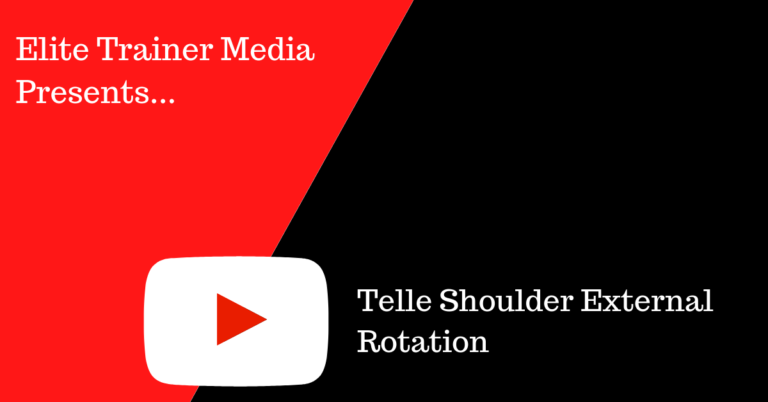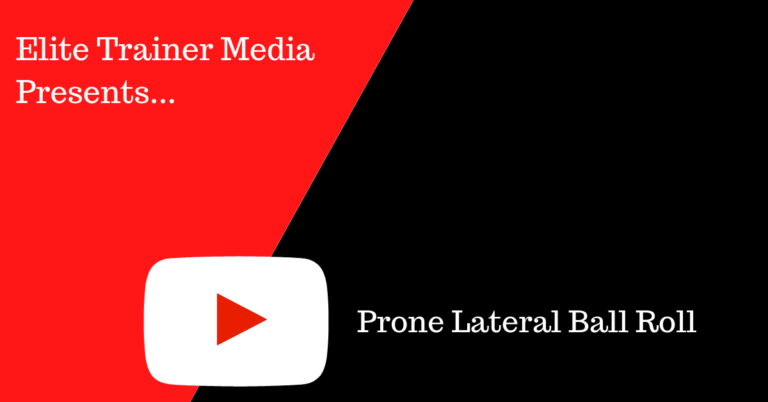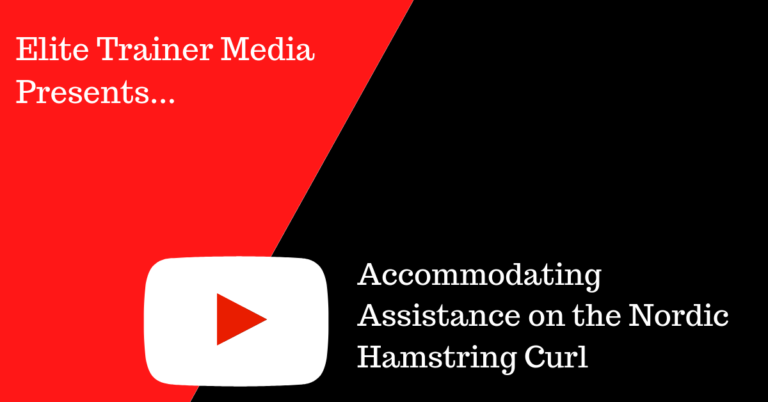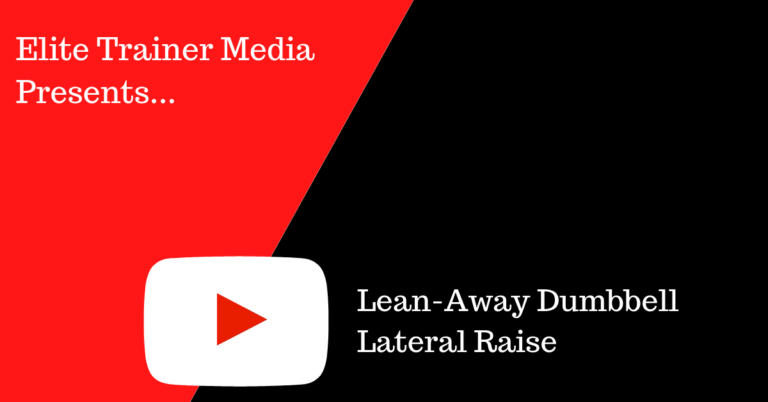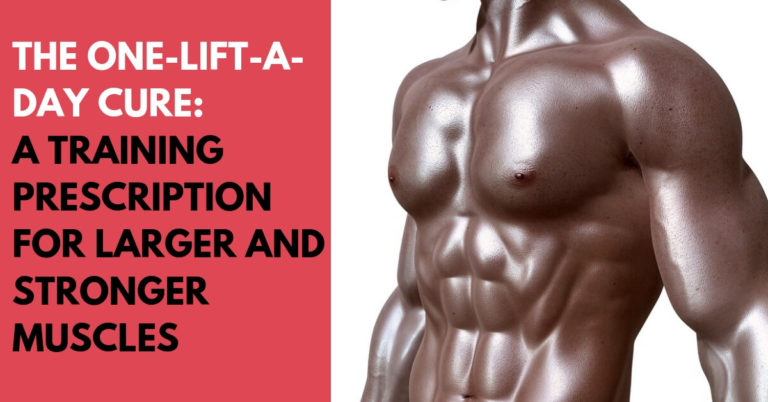This exercise is named after Jerry Telle, an exercise scientist out of Colorado. Think of the regular side-lying dumbbell external rotation, but instead of moving the weight around your body, you move your body around the weight! By keeping the forearm parallel to the ground and rolling your body forward and backward, maximum overload can…
We know that the supraspinatus plays a greater role during the first 15–30 degrees of humeral abduction (in simpler terms, the beginning of a lateral raise), while medial deltoid activation peaks between 90–120 degrees. How can we use this to our advantage? If your goal is to target the supraspinatus more, such as during rehab…
In some cases it’s best to count reps, and in other cases it’s best to regulate the time under tension. The prone lateral ball roll is an example of where it’s best to assign a time (like 30 seconds) rather than a rep number.
The reverse hyperextension is an excellent movement for the posterior chain. To enhance its effect, resistance bands can be added to provide greater overload where you want it (hips extended) and less where you don’t (hips flexed). The advantage of using elastic resistance instead of just weight plates is that it allows you to accelerate…
The reverse bench press is not mentioned often and I must admit, I don’t prescribe it too frequently either, but it can be a great triceps exercise. The big knock against it: comfort! It’s not a “wrist-friendly” movement, especially under a heavy load. But there’s a way to transform this into a winner, it’s called…
Ever since Anatomy Trains rolled out of the station, the fascia has received some serious accolades. Here’s an interesting movement that stretches the fascia from toenail to fingernail in a spiral-based manner using cable resistance. I picked it up from a York University colleague of mine, Yusuf Omar. Yusuf has worked with Ben Johnson and…
A good way to get strong on the Nordic hamstring curl is to use accommodating assistance from a lat pulldown machine but done in a special manner. Here’s how it works. Kneel on the seat facing away from the machine, and secure the back of your ankles against the knee support. Instead of using the…
If your goal is to build “barn door” wide shoulders, lean-away dumbbell laterals allow you to overload the top range of the movement where greater activity of the medial deltoid occurs.
In some cases it’s best to count reps, and in other cases it’s best to regulate the time under tension. The lower Russian twist is an example of where it’s best to assign a time (like 30 seconds) rather than a rep number.
When I first started lifting seriously in a commercial gym, my routine consisted of one body part a day. I’d go to the gym and absolutely trash that poor body part. A typical two-hour workout was like a boxing match. I’d use about every exercise available to hit that body part from all angles until…

